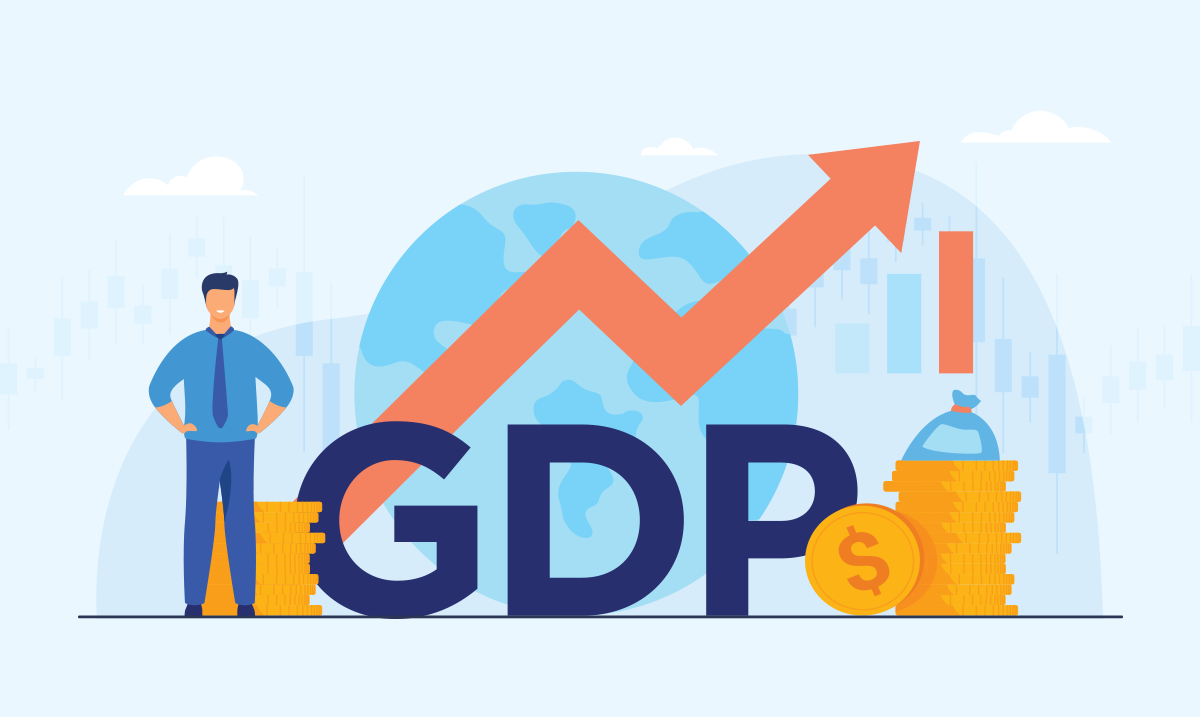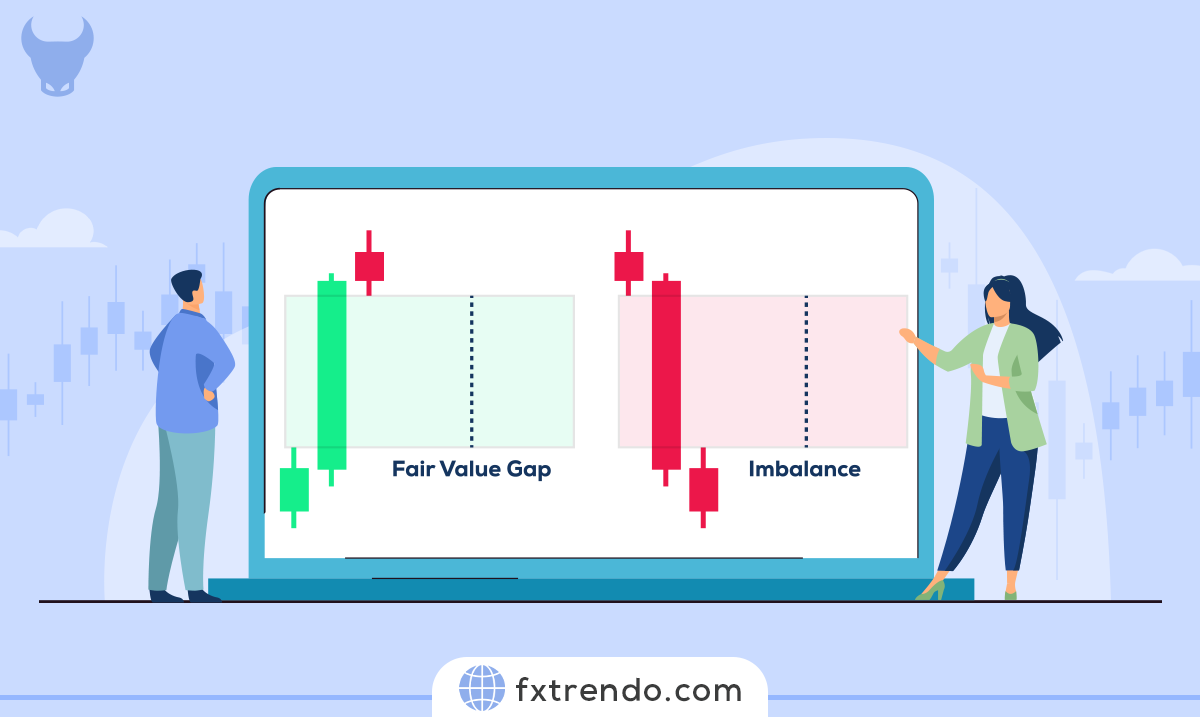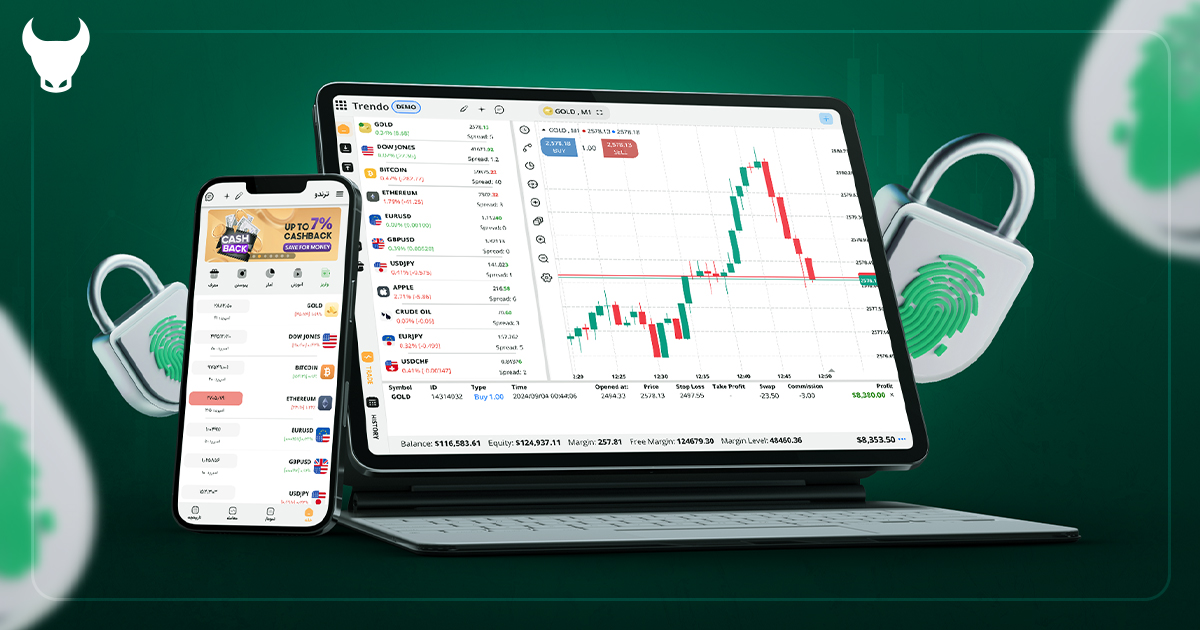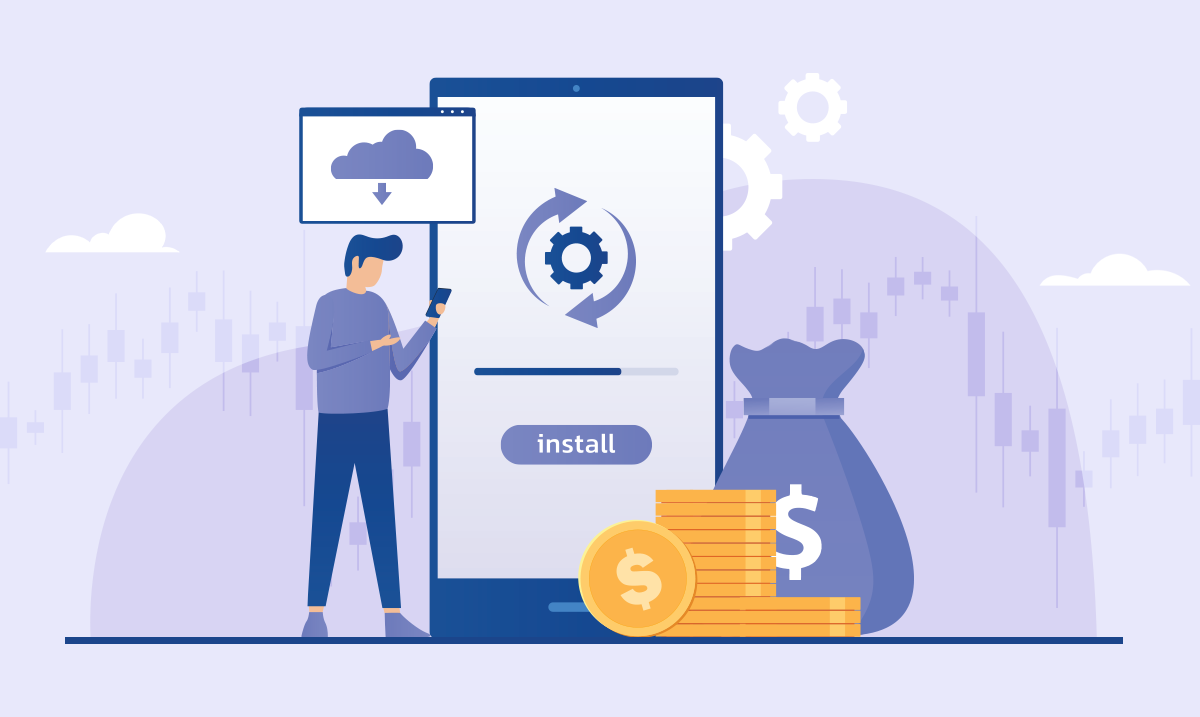How to Trade with the Quasimodo Reversal Patterns (QM)?


Quasimodo Reversal Patterns (QM) is an advanced reversal pattern, the formation of which signals the end of a trend, and most traders use its variants to improve trading results in the forex market.
Welcome to the world of Quasimodo Reversal Patterns (QM). This guide will reveal the secrets of mastering QM patterns, showing you how to identify and use them effectively in your trades.
Contents
What is the Quasimodo Reversal Pattern (QM)?
The Quasimodo Reversal Pattern (QM) is a chart pattern used by traders to identify potential reversals in the market. This pattern is effective in spotting shifts in market direction, signaling profitable trading opportunities.
The Quasimodo Pattern consists of price movements that form a recognizable shape, resembling the hunchback of Notre Dame, hence its quirky name. The key features include a high, followed by a higher high, then a low, and finally a lower low. This sequence creates a distinct visual pattern on the chart.
Traders rely on the QM pattern because it reflects underlying market psychology. When this pattern appears, it indicates a weakening trend, suggesting that the market is about to reverse. By recognizing and understanding the QM pattern, traders can make more informed decisions, improving their trading outcomes.
Read more: Learning about Market Structure, the basis of all trading strategies
How to Identify a Quasimodo Reversal Pattern?
How to Identify a Quasimodo Reversal Pattern?
1. Initial Peak: Find a significant price peak on the chart. This peak is the highest point before a noticeable decline, indicating strong buying interest.
2. First Decline: After reaching the peak, look for a substantial drop in price, creating a clear downward trend. This decline reflects strong selling pressure.
3. Lower Low (Head): The price will continue to fall, creating a lower low. This point is crucial as it represents the lowest price in this swing, known as the “head” of the pattern.
4. Rebound: Once the lower low is established, the price typically bounces back. This rebound should reach a point lower than the initial peak but higher than the lower low, forming the second shoulder.
5. Second Shoulder: After the rebound, the price should start to drop again, creating the second shoulder. This shoulder should be lower than the first peak but higher than the lower low.
6. Volume Confirmation: Observing trading volume during these swings can provide additional confirmation. Increased volume during the pattern's formation can indicate stronger sentiment.
How to Confirm the Pattern with Technical Indicators?
To increase the reliability of the Quasimodo reversal pattern, you can use other technical indicators. Here are a few methods to confirm the pattern:
1. Fibonacci Retracement: Use Fibonacci retracement levels to identify potential support and resistance zones. After the initial decline, a rebound that reaches a Fibonacci level (like 61.8%) can strengthen the case for the pattern. If the price retraces to a key Fibonacci level before reversing again, it adds confidence that the Quasimodo pattern is valid.
2. Trendlines: Draw trendlines to visualize the support and resistance levels. A downward trendline connecting the peaks can help confirm the pattern. When the price breaks this trendline after forming the second shoulder, it often indicates a stronger reversal signal.
3. Moving Averages: Incorporating moving averages can also help confirm the pattern. For instance, if the price approaches a moving average during the formation of the second shoulder and then begins to drop again, this can signal a potential reversal.
4. RSI (Relative Strength Index): Check the RSI to gauge overbought or oversold conditions. If the RSI indicates overbought conditions near the initial peak and starts to decline after the second shoulder forms, it supports the likelihood of a reversal.
Identifying the Quasimodo reversal pattern can help anticipate market reversals. When confirmed, it can signal a good opportunity to enter a trade. Always use this pattern alongside other indicators to improve your chances of success.
How to Trade Using the Quasimodo Reversal Pattern?
To enter a trade with the Quasimodo pattern, examine the overall market conditions and fundamental news, and then determine the trend. Trading using the Quasimodo Reversal Pattern involves a few clear steps. Here's how you can effectively incorporate this pattern into your trading strategy:
Spot the Pattern: First, identify the Quasimodo Pattern on your chart. Look for the sequence of highs and lows that form this distinct pattern.
Confirm the Reversal: Once you see the pattern, confirm the reversal by checking for additional signals. These could be technical indicators or volume spikes that support the idea of a market shift.
Set Your Entry Point: Enter the trade once the pattern is confirmed. Usually, this means placing an order just below the lower low in a downtrend or above the higher high in an uptrend.
Place Stop-Loss Orders: To manage risk, set stop-loss orders at strategic points. This could be just above the previous high in a downtrend or below the previous low in an uptrend.
Define Your Exit Strategy: Plan your exit strategy based on your risk-reward ratio. Decide in advance where you'll take profits and where you'll exit if the trade goes against you.
By following these steps, you can effectively trade using the Quasimodo Reversal Pattern. With practice, this method can become a reliable part of your trading toolkit, helping you navigate market changes with more confidence.
Quasimodo Pattern trading strategy
The Quasimodo trading, a reversal pattern occurring at the end of trends, is straightforward. It comes in two types:


Bullish & Bearish QM Pattern
- Bullish Quasimodo
- Bearish Quasimodo
Imagine you're in an uptrend, with prices creating higher highs and higher lows until they hit a strong resistance level, causing a price reversal and a break of the last low with the close of a candle, marking a CHOCH (Change of Character). The price then makes a final attempt to reach the marked green line in the image, forming the Quasimodo pattern. From this point, we expect the price to drop.
For a downtrend, the opposite holds true. After reaching the specified area, we anticipate the price to rise. It's important to note that in this pattern, the left shoulder does not have to be equal to the right shoulder—they can differ.
Two key conditions must be met to form this pattern:
1. The last retracement wave should correct at least 50% of the breakout wave.
2. The final wave formation should occur within a reasonable time frame and not be overly prolonged. The time intervals between the formation of the left and right shoulders should be respected.
Tips for Maximizing Success with the Quasimodo Pattern
Using the Quasimodo reversal pattern effectively can enhance your trading success. Here are practical tips to help you maximize your results.
1. Be Patient and Wait for Confirmation
Patience is key when trading the Quasimodo pattern. Instead of entering immediately upon spotting the pattern, wait for confirmation. Look for a decisive break below the neckline after the second shoulder forms. This indicates that sellers are in control and a price reversal is likely.
2. Use Multiple Time Frames
Analyzing the Quasimodo pattern across different time frames can provide valuable insights. Confirm the pattern on a daily chart and then check smaller time frames, like hourly, for optimal entry points. This approach helps you understand market trends better.
3. Combine with Other Technical Indicators
Enhance your strategy by using additional technical indicators:
Fibonacci Retracement: Identify support and resistance areas. A price retracement to a Fibonacci level after the pattern forms strengthens the reversal signal.
Moving Averages: Use moving averages to clarify trend direction. A cross of shorter-term moving averages below longer-term ones can confirm bearish sentiment.
Momentum Indicators: Tools like the Relative Strength Index (RSI) help identify overbought or oversold conditions, adding context to your trades.
4. Establish a Clear Risk Management Plan
Effective risk management is crucial. Before entering a trade, define your risk tolerance:
Set Stop-Loss Orders: Place your stop-loss slightly above the second shoulder to limit potential losses.
Determine Position Size: Calculate how much of your capital to risk on each trade. A good guideline is to risk no more than 1-2% of your total trading capital.
5. Monitor Market Conditions
Stay informed about broader market conditions and news that might affect prices. Economic events, earnings reports, and geopolitical developments can impact market sentiment and the effectiveness of the Quasimodo pattern.
6. Keep a Trading Journal
Maintain a trading journal to analyze your performance. Document your trades, including reasons for entering and exiting positions, outcomes, and lessons learned. Reviewing your journal provides insights into your trading habits.
7. Practice with Demo Accounts
If you're new to the Quasimodo pattern, use a demo account to practice. This allows you to identify and trade the pattern without risking real money. Use this time to develop your skills and build confidence.
Conclusion
In this article, we explored the Quasimodo Reversal Patterns (QM), discussing the conditions required for its formation and the approach to entering trades using this unique pattern. It's important to remember that there is no strategy that guarantees consistent profits. The quest for a “holy grail” in trading is often fruitless, as no secret formula exists in the market.
Instead, focus on selecting a strategy that suits your trading style. Practice this strategy for at least three months in a demo account, paying close attention to risk management.
This will help you build confidence and refine your approach before applying it to live trading. Continuous learning and adaptation are essential in navigating the complexities of the market, so stay committed and keep improving your skills.
پست مرتبط
پربازدیدترین ها
0




















